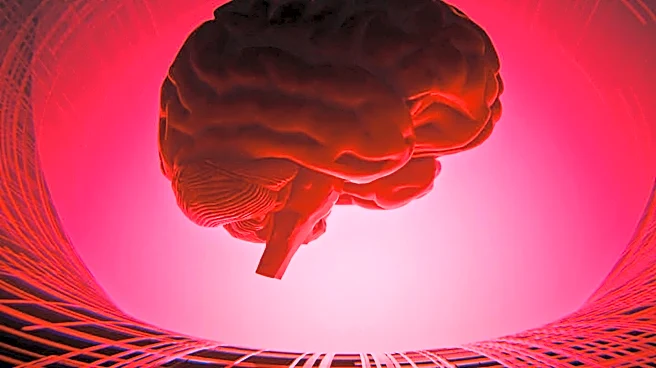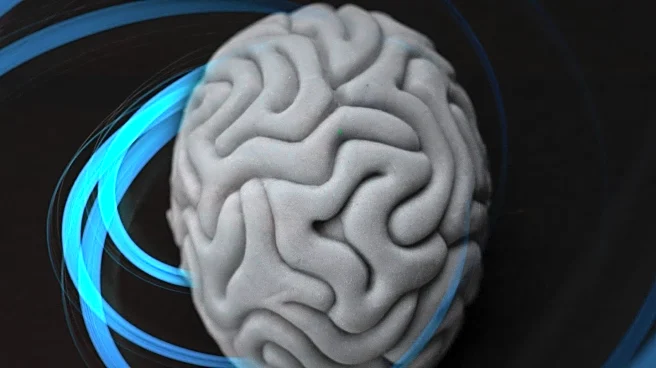What's Happening?
A recent study has examined the brain structure of 12-year-old children born very preterm, revealing significant differences in white matter microstructure and gray matter density compared to full-term peers. The research utilized Tract-Based Spatial Statistics (TBSS) and Voxel-Based Morphometry (VBM) to analyze these differences. The study found no group differences in white matter tracts using TBSS, but VBM revealed decreased gray matter in subcortical nuclei and increased gray matter in the frontal cortex among preterm children. These findings suggest that preterm birth can lead to both tissue loss and increased gray matter density in certain brain regions, potentially due to developmental disturbances during critical growth periods.
Why It's Important?
The study's findings highlight the long-term impact of preterm birth on brain development, which could have implications for understanding cognitive and functional outcomes in affected individuals. The alterations in brain structure may correlate with functional impairments observed in preterm children, such as deficits in language, motor abilities, and cognitive functions. This research underscores the importance of early intervention and tailored educational strategies to support the developmental needs of preterm children. Additionally, the study provides insights into the neuroplasticity of the developing brain, suggesting that targeted therapies could mitigate some of the adverse effects associated with preterm birth.
What's Next?
Future research may focus on further exploring the specific brain regions affected by preterm birth and their functional implications. Longitudinal studies could provide more comprehensive insights into how these structural differences evolve over time and influence cognitive and behavioral outcomes. Additionally, there is potential for developing targeted interventions to support brain development in preterm children, potentially improving their long-term quality of life. Researchers may also investigate the role of environmental and genetic factors in moderating the impact of preterm birth on brain development.
Beyond the Headlines
The study raises ethical considerations regarding the care and support provided to preterm infants and their families. It highlights the need for healthcare systems to prioritize resources and interventions that address the unique challenges faced by this population. Furthermore, the findings may influence public health policies aimed at reducing the incidence of preterm births and improving neonatal care practices. The research also contributes to the broader understanding of neurodevelopmental disorders, offering potential pathways for future studies on brain plasticity and resilience.










